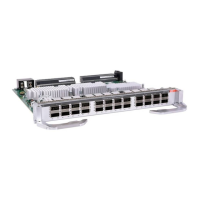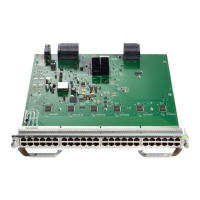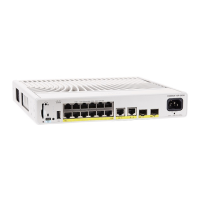PurposeCommand or Action
When you enter multiple ip msdp default-peer
commands without the prefix-list keyword, a single
active peer accepts all SA messages. If that peer fails,
the next configured default peer accepts all SA
messages. This syntax is typically used at a stub site.
(Optional) Creates a prefix list using the name specified in
Step 2.
ip prefix-list name [description
string] | seq number {permit |
deny} network length
Step 4
•
(Optional) For description string, enter a description
of up to 80 characters to describe this prefix list.
Example:
Router(config)# prefix-list
•
For seq number, enter the sequence number of the entry.
The range is 1 to 4294967294.
site-a seq 3 permit 12 network
length 128
•
The deny keyword denies access to matching conditions.
•
The permit keyword permits access to matching
conditions.
•
For network length, specify the network number and
length (in bits) of the network mask that is permitted or
denied.
(Optional) Configures a description for the specified peer to
make it easier to identify in a configuration or in show
command output.
ip msdp description {peer-name |
peer-address} text
Example:
Router(config)# ip msdp
Step 5
By default, no description is associated with an MSDP peer.
description peer-name site-b
Returns to privileged EXEC mode.end
Example:
Device(config)# end
Step 6
Verifies your entries.show running-config
Example:
Device# show running-config
Step 7
(Optional) Saves your entries in the configuration file.copy running-config
startup-config
Step 8
Example:
Device# copy running-config
startup-config
Routing Configuration Guide, Cisco IOS XE Everest 16.6.x (Catalyst 9500 Switches)
29
Configuring MSDP
Configuring a Default MSDP Peer

